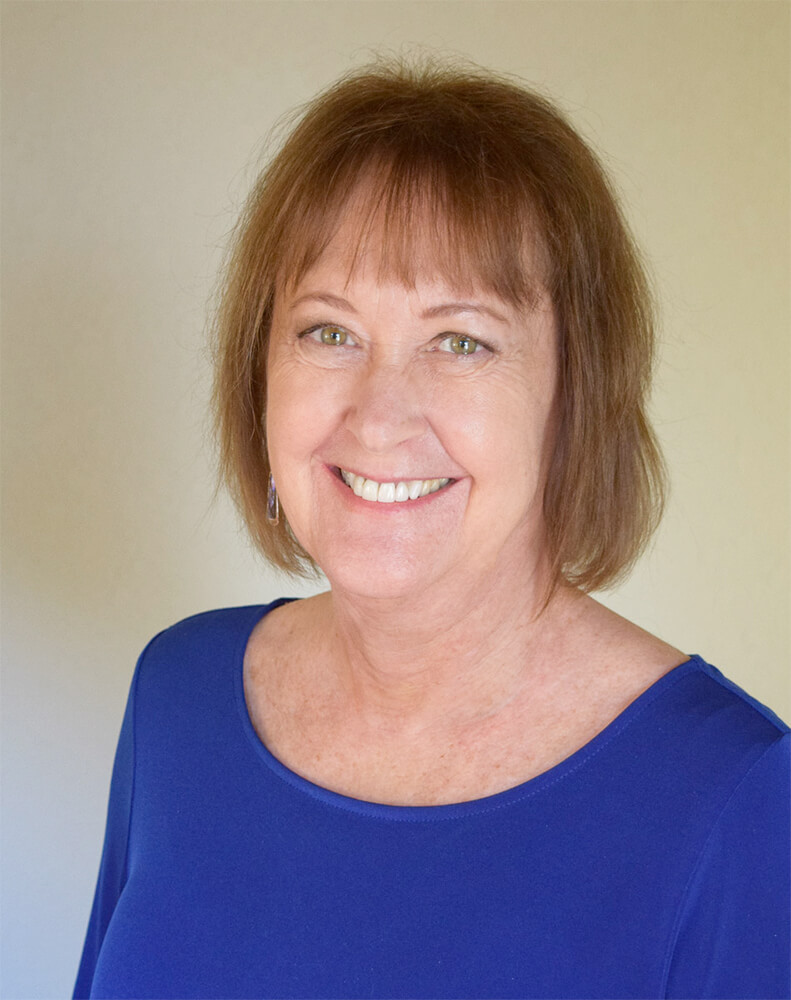Monterey-based photographer Debra Achen was born and raised near Pittsburgh, PA, where she developed a passion for both nature and art. She majored in Art Education at Edinboro State University before completing her BA in Visual Arts at the University of California, San Diego. She studied a variety of studio arts, including drawing, painting, and printmaking in addition to her training in traditional film and darkroom photography.
Achen is an active member of several fine art photography organizations including the historic Center for Photographic Art in Carmel, CA, The ImageMakers of Monterey, and the Los Angeles Center of Photography. She finds the support and feedback from other photographers to be invaluable in her development as an artist. She also attends workshops and lectures to engage with new technical and creative innovations in photography as an art form.
Achen’s photographs have been featured in group exhibitions throughout the US and Europe and in curated exhibitions at the Weston Gallery, the Center for Photographic Art, and Carmel Visual Arts Gallery. Her award-winning self-published book, “Frequency Shift: The Stonehenge Continuum” was featured in the 12th Annual Photobook Show at the Griffin Museum of Photography.
Folding and Mending by Debra Achen